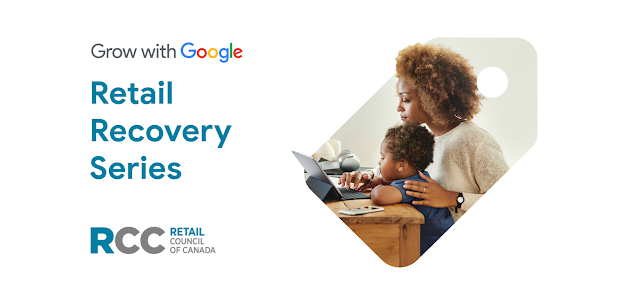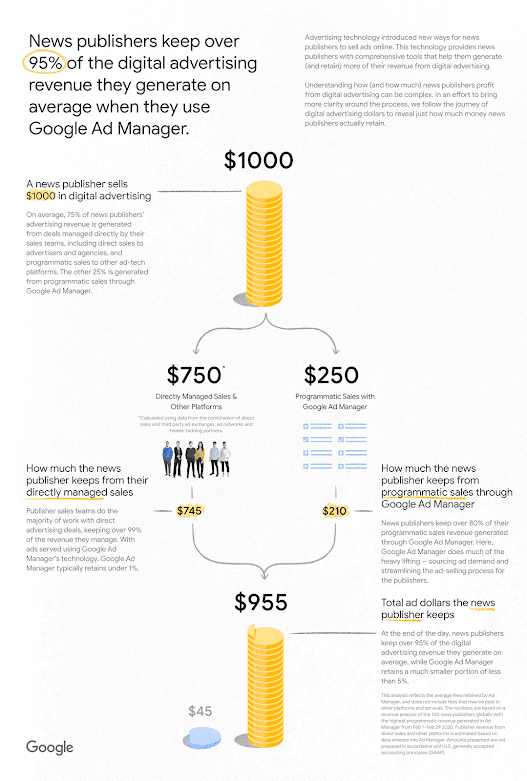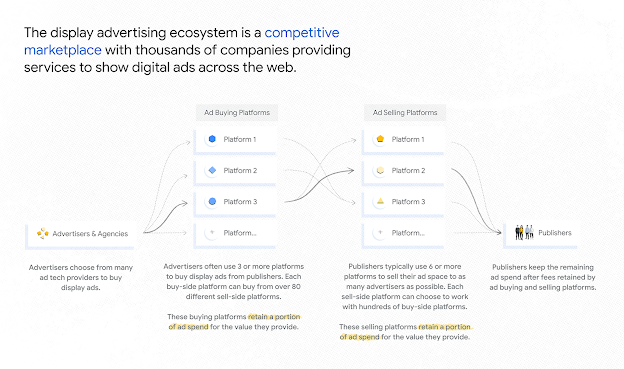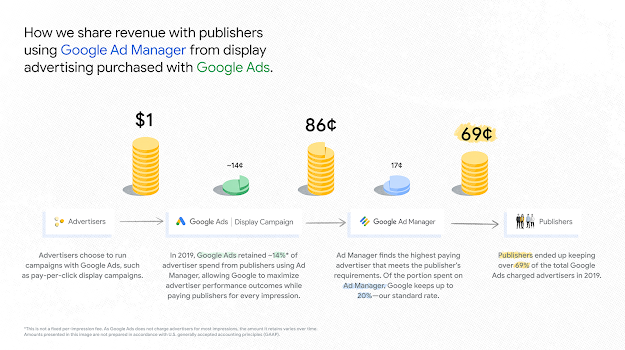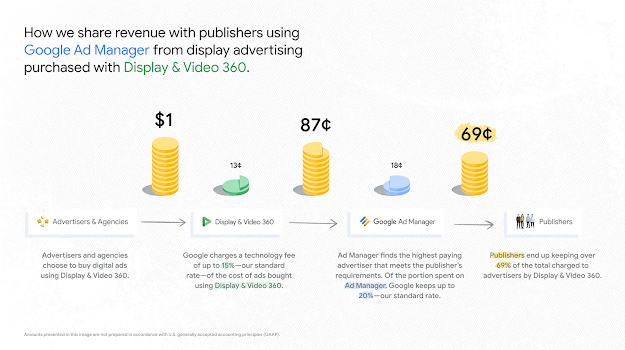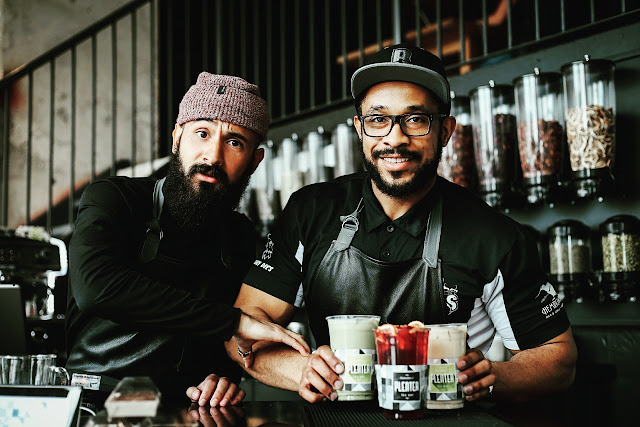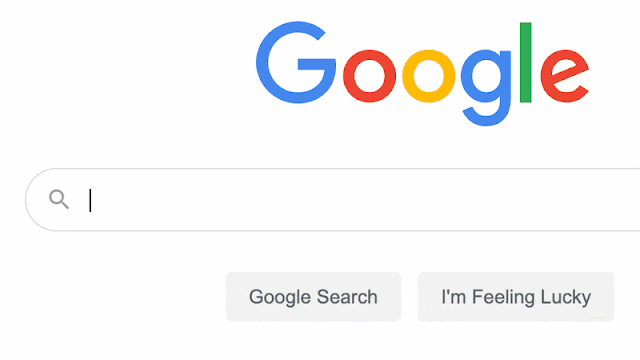We sat down with some of the team behind Pixel Buds to learn more about these new features, and also to hear how they’ve been using Pixel Buds.
Get started easily with Fast Pair
“I always used to use wired headphones because I had concerns about the reliability of Bluetooth connectivity, as lots of other earbuds have pairing problems, including the original Pixel Buds. With Pixel Buds, we focused on building Fast Pair to eliminate these pain points and easily connect to your phone.”
- Ethan Grabau, Product Manager
Clear calls with special mics and sensor
“To give you clear calls, even in noisy and windy environments, Pixel Buds combine signals from beamforming mics and a special sensor that detects when your jaw is moving. This helps so you don't have to look for a quiet place to take a call. It’s come in particularly handy these past few weeks for me working from home with two young daughters.”
- Jae Lee, Audio Systems Engineer
Adaptive Sound for better audio
“Adaptive Sound is perfect for those moments like when you’re steaming milk for a latte at home, or when you're washing your hands or the dishes. Those noises can eclipse your audio experience for a bit, until the latte, or your dishes are done.
To help, Adaptive Sound temporarily and subtly adjusts your volume to accommodate for the new noise in your environment, and goes back to normal after it’s dissipated. It works kind of like auto-brightness on your phone screen: It momentarily adjusts to the world around you to make the experience of using your device a little simpler.”
- Frank Li, UX Engineer and Basheer Tome, Senior Hardware Interface Designer
Hands-free help with Google Assistant
"When I’m working in the yard and wearing gloves, I can use ’Hey, Google’ on my Pixel Buds and easily control my music. I can also hear my notifications, and reply to a text message with just my voice and Google Assistant.
And when I'm taking my dog on our daily walk and using my Pixel Buds, I use Google Assistant to navigate and check my fitness progress hands-free while juggling a leash and bag of dog treats. The Pixel Buds are slim enough they fit snag-free under a hat or hoodie, too."
- Max Ohlendorf, Technology Manager
Real-time translations with conversation mode
“Conversation mode was built to solve a simple problem: How can we use Translate on Pixel Buds to remove language barriers? Making the conversation as natural as possible even with the use of the phone was important, so we decided to create the split screen UI to show exactly what was being said, and translating it in real time on the screen. Any exposure to a different language is also an opportunity to learn, so we wanted to make the feature not only as helpful as possible for things like being in a different country, but also as simple as being able to help bilingual households across generations connect through language.”
- Tricia Fu, Associate Product Manager
Peace of mind with Find My Device
“The fear of losing expensive wireless earbuds is real, and in many cases a reason why people are afraid of trying them. We tried to reduce that fear a bit with Find My Device. If an earbud falls out when you’re walking or running, you know right away. But you may be less aware when you return home and absentmindedly put them down somewhere. So we built the ability to let you ring your earbuds from your phone. We also wanted to make sure we were thoughtful in what that experience is like. You can ring one earbud at a time, to focus on finding either the left or right earbud. The moment your hands touch the lost earbud, the ringing will stop. We hope people won’t need to use this feature often, but if they do, they can find misplaced earbuds more easily.”
- Alex Yee, Interaction Designer
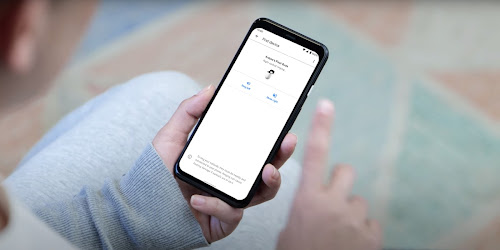
Like Pixel phones and other Google devices, Pixel Buds will get better over time with new features, including an update to Find My Earbuds which will show the last known location of your earbuds.
Pixel Buds are available through the Google Store and retailers including (but not limited to) Best Buy, Staples, WIRELESS WAVE, Tbooth wireless and TELUS. Other colours—Almost Black and Quite Mint —will be available next month.



